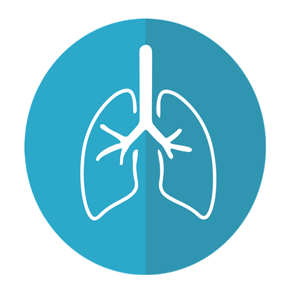High flow nasal cannula combined with non-invasive ventilation versus high flow nasal cannula alone in patients with acute hypoxemic respiratory failure due to pneumonia: a randomized controlled trial

Accepted: 14 February 2023
All claims expressed in this article are solely those of the authors and do not necessarily represent those of their affiliated organizations, or those of the publisher, the editors and the reviewers. Any product that may be evaluated in this article or claim that may be made by its manufacturer is not guaranteed or endorsed by the publisher.
Authors
In this monocentric, open label, randomized controlled trial we aimed to compare the efficacy of combined High Flow Nasal Cannula (HFNC) and Non invasive Ventilation (NIV) versus HFNC alone in acute hypoxemic respiratory failure (hARF) in patients affected by Community Acquired Pneumonia (CAP). We enrolled 49 patients affected by CAP with moderate to severe hypoxemic respiratory failure (P/F < 300). The patients were randomized into two groups: one has been treated with HFNC alone (group A) while the other received NIV alternated to HFNC every 3 hours (group B). The primary outcome was P/F change from baseline to 21 hours. Secondary outcomes included variation of pH and pCO2, need to continue HFNC or NIV/HFNC after 45 hours, orotracheal intubation, mortality rate, and the devices comfort. Not statistical significant differences between the two arms were shown in the P/F change at 21 hours since baseline, in pCO2 and pH variation, mortality at hospital and at follow-up. We emphasize the importance of combined HFNC with NIV as a first step for severe pneumonia treatment whereas HFNC might represent as the first step treatment in less severe patients and during the NIV intervals.
How to Cite

This work is licensed under a Creative Commons Attribution-NonCommercial 4.0 International License.
PAGEPress has chosen to apply the Creative Commons Attribution NonCommercial 4.0 International License (CC BY-NC 4.0) to all manuscripts to be published.

 https://doi.org/10.4081/ecj.2023.11088
https://doi.org/10.4081/ecj.2023.11088








